
DelphySkin Ltd SOHO ST. JULIAN'SPunchbowl Centre, Elia Zammit Street,STJ 3154 ST. JULIANS Malta info(at)Delftex.com


Studies
Marintek
in Norway is specialised on testing water vehicles. In April 2016 they compared 9 paintings. Our paint was Seajet 012 Universal Primer in version A (original) plate 5 and B plate 6 changed with our Delftex® technology. The compare at 5m/s water speed shows the lower towing force (~87 N down to ~85 N) .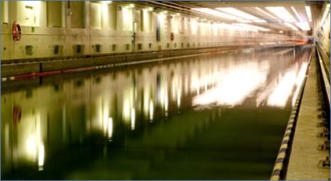
Compare to all other paints
our plate 5 and plate 6 (DELPHYSKIN®) was compared at 5 m/s to 7 other. In the middle row of the graph you can see that plate 6 (brown dots) has the lowest friction of all paintings.

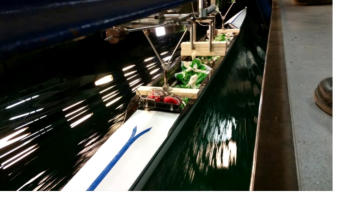


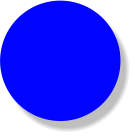
2.3%
less
friction

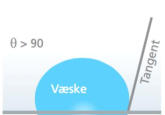
Delphyskin® PAINT
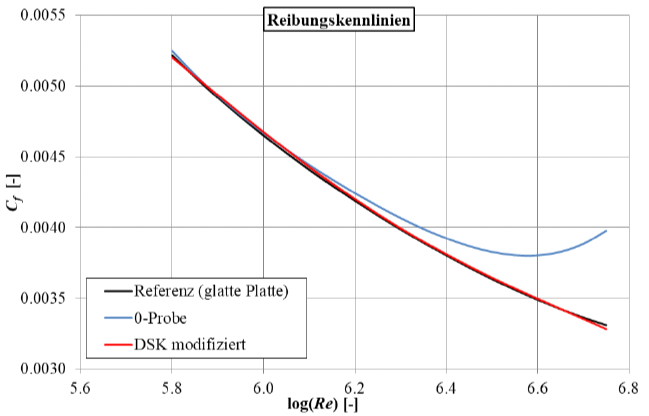
Test results SVA Potsdam
A boat paint (original vs. DelphySkin® modified) was tested for the reduction
the frictional resistance in the water flow channel
On the basis of the test results, the reduction in resistance and
Fuel savings determined:
- Sliding boat
resistance reduction and fuel saving of 2.5%.
- Tanker
Resistance reduction and fuel saving of 7.8%
- Aircraft*
Reduced drag and fuel savings of 1.1 % (if 60% of the
surface are painted with the DSK-modified paint)
* extrapolation to the medium air (boat paint)
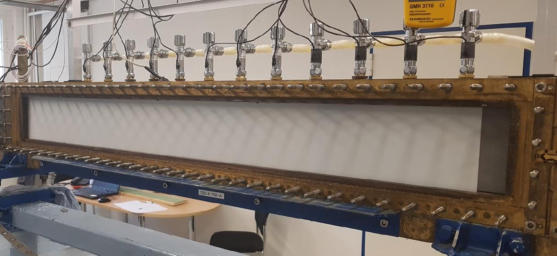
Ultrasonic test procedure on liquid DelphySkin® -
treated paint

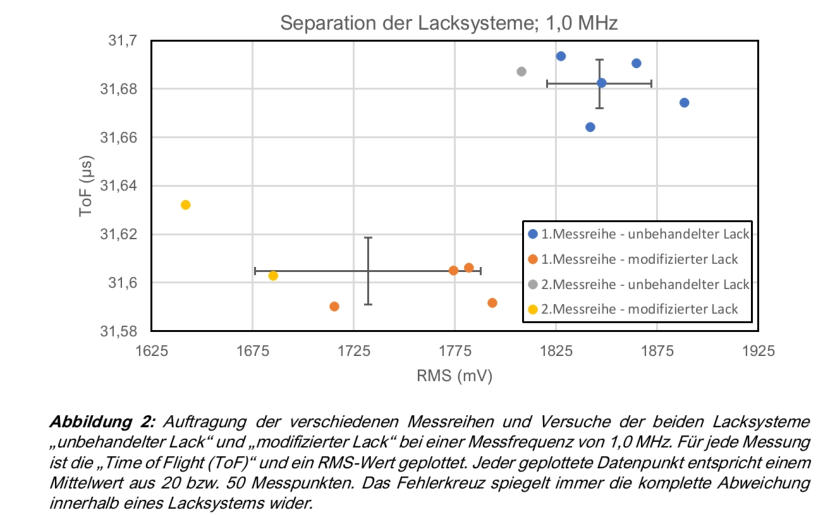
left is the fingerprint of the treated DelphySkin® paint
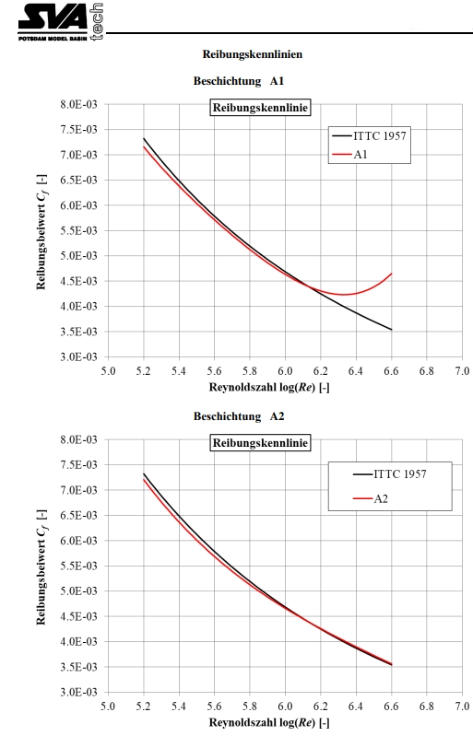
Another measurement with a clear coat
SVA
has
a
friction
tunnel
(see
the
picture
below).
In
the
test
section
of
this
facility
(the
black
part
in
the
picture)
two
flat
and
1.2
m
long
panels
are
installed
so
that
these
form
a
narrow
rectangular
channel.
The
panels
are
coated
with
the
coating
o
to
be
investigated
(with
or
without
DephySkin®).
The
tunnel
is
traversed
by
water
with
a
speed
of
1
to
17
m/s
in
19
steps.
By
the
simultaneous
measurement
of
the
flow
rate
and
the
pressure
loss
measured
at
12
positions
along
the
test
section,
the
wall
shear
stress
can
be
detected
and
finally
the
frictional
resistance
coefficient
of
the
surface
is
calculated.
The
test
procedure
for
one
pair
of
plate
includes
1
h
conditioning
of
the
test
facility
and
2.5
h
measuring
of
one
coating.
Each
measurement
consists
of
3
runs
that
are
averaged.
The
results
are
plotted
as
friction
resistance
coefficients
in
dependency
of
the
Reynolds
number,
which
is
an
equivalent
expression
for
the
flow
speed.
Measurements
with
reference
plates
(smooth
stainless
steel) at the beginning and the end of the measurement campaign help to classify the results.
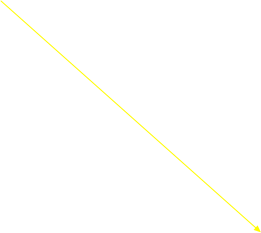
Experimental setup and execution
The
test
series
were
made
available
by
Hemmelrath
Technologies,
approx.200ml
per
paint
system.
Due
to
the
small
quantity,
the
SONEM
SLAX
sensor
could
not
be
used.
A
new,
individual
test
setup
was designed and built.
The experimental setup
The
test
setup
specially
made
for
this
preliminary
test
is
a
setup
that
is
only
suitable
for
preliminary
tests
on
a
laboratory
scale
and
is
not
yet
ready
for
series
production.
The
test
setup
was
specially
developed
for
measuring
viscous
paint
systems.
The
experimental
setup
consists
of
a
container
containing
the
paint,
a
frame
to
which
the
ultrasonic
probes
are
fixed,
measurement
and
evaluation
electronics,
a
signal
amplification
module
and
the
adapted SONEM analysis
software
Application
of
the
various
series
of
measurements
and
tests
of
the
two
paint
systems
"untreated
paint"
and
"DSK
modified
paint"
at
a
measuring
frequency
of
1.0
MHz.For
each
measurement
the
"TIME
OF
FLIGHT
(TOF)"
and
an
RMS
value
are
plotted.Each
plotted
data
point
corresponds
to
an
average
of
20
or
50
measurement
points.
The
error
cross always reflects the complete deviation within a paint system.
SONEM
develops
and
builds
ultrasonic
sensors
for
the
process
industry.
Our
technology
is
in
contrast
to
classic
imaging
ultrasonic
technology,
not
based
on
interdependencies
of
ultrasonic
waves
and
surfaces.
Moreover
we
harness
molecular
acoustics
of
mediums
to
gather
information.
Molecular
acoustics
expresses
the wavelike, substance-specific expansion of the ultrasonic signal throughout the medium. Learn more now!
Based
on
the
received
ultraonic
signal,
we
create
a
detailed
dataset
of
the
medium,
the
so
called
SONEM
Fingerprint.
By
ultilizing
statistical
algorithms,
conclusions
can
be
drawn
about
mutiple
medium
attributes.
All relevant information can be accessed and further processed via the SONEM cloud.
Summary of the test result: 10/06/2025 in TRIEST – Baia di Trieste
Each test run was repeated 3 times, and the average was recorded.
Bosto
n
Whal
e
r
,
320
O
u
t
rage,
W
eig
ht
(i
n
c
l
udi
n
g e
n
gi
n
es)
4
430
k
g
,
E
n
g
ine:
2
x
V
e
rado
275
C
XX
L,
202
kW (
275
hp)
Le
ngth 10
.
80
m
W
id
th
3.
09
m
D
e
pt
h 0
.
55
m
Me
a
su
r
ed
b
y GPS,
thr
ee
p
eo
pl
e o
n
b
oa
r
d,
600
l
o
f
f
ue
l
, sh
all
ow w
a
ter, no
wind (
2
kts), sm
all
const
a
nt oce
a
n
current in t
h
e s
a
me di
r
ec
t
io
n
.
1
.
Tes
t
09
:
00
S
h
o
rt
su
rf
ace g
r
i
n
di
n
g,
n
ew
p
ai
nt
ed spr
ay
ed with
M
icron
350
2
.
Tes
t
14
:
00
S
h
o
rt
su
rf
ace g
r
i
n
di
n
g,
p
ai
nt
ed o
v
er spr
ay
ed with
M
icron
350
tre
a
ted with De
l
ph
y
Skin®
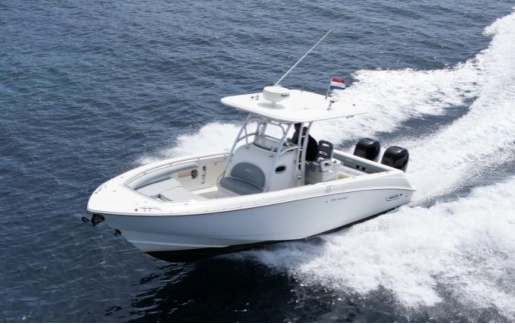
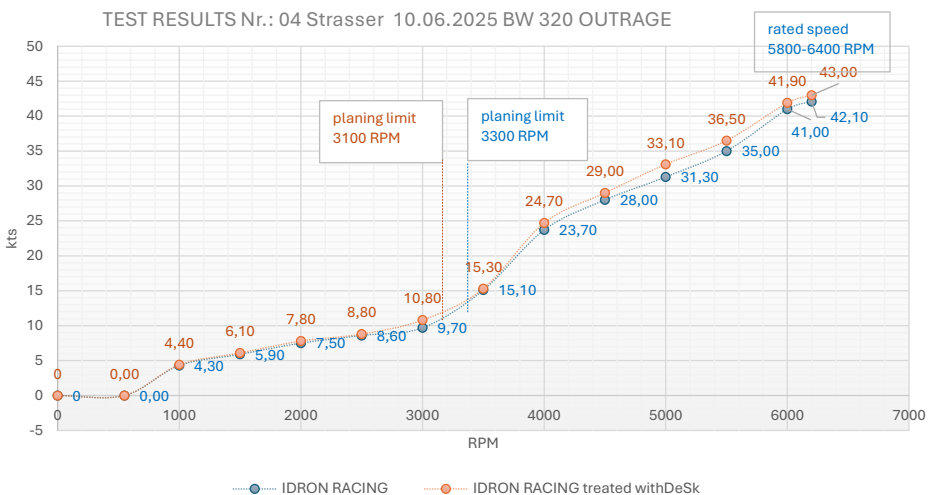
Without DelphySkin®
Cruising speed 10 min by 25 kts need 4500 RPM consumption 66, 8 l/h (2 engines together)
With DelphySkin®
Cruising speed 10 min by 25 kts need 4050 RPM consumption 55, 1 l/h (2 engines together)
17% less fuel
consumption at
25 kts


© N-G

Studies
Marintek
in Norway is specialised on testing water vehicles. In April 2016 they compared 9 paintings. Our paint was Seajet 012 Universal Primer in version A (original) plate 5 and B plate 6 changed with our Delftex® technology. The compare at 5m/s water speed shows the lower towing force (~87 N down to ~85 N) .Compare to all other paints
our plate 5 and plate 6 (DELPHYSKIN®) was compared at 5 m/s to 7 other. In the middle row of the graph you can see that plate 6 (brown dots) has the lowest friction of all paintings.


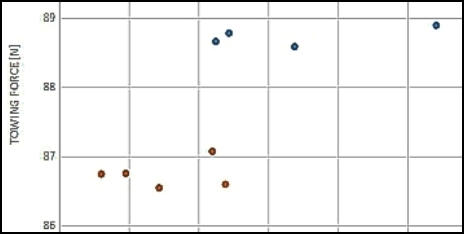





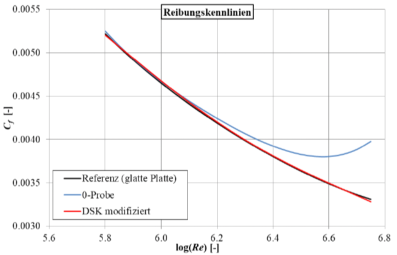
Test results SVA Potsdam
A boat paint (original vs. DelphySkin® modified) was tested for the reduction
the frictional resistance in the water flow channel
On the basis of the test results, the reduction in resistance and
Fuel savings determined:
- Sliding boat
resistance reduction and fuel saving of 2.5%.
- Tanker
Resistance reduction and fuel saving of 7.8 %
- Aircraft*
Reduced drag and fuel savings of 1.1 % (if 60% of the
surface are painted with the DSK-modified paint)
* extrapolation to the medium air (boat paint)
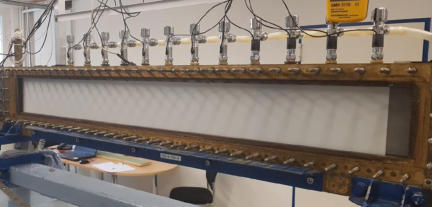
Ultrasonic test procedure on liquid DelphySkin® -
treated paint
SONEM develops and builds ultrasonic sensors for the process industry. Our
technology is in contrast to classic imaging ultrasonic technology, not based on
interdependencies of ultrasonic waves and surfaces. Moreover we harness
molecular acoustics of mediums to gather information. Molecular acoustics
expresses the wavelike, substance-specific expansion of the ultrasonic signal
throughout the medium. Learn more now!
Based on the received ultraonic signal, we create a detailed dataset of the medium,
the so called SONEM Fingerprint. By ultilizing statistical algorithms, conclusions can
be drawn about mutiple medium attributes. All relevant information can be accessed
and further processed via the SONEM cloud.
left is the fingerprint of the treated DelphySkin® paint
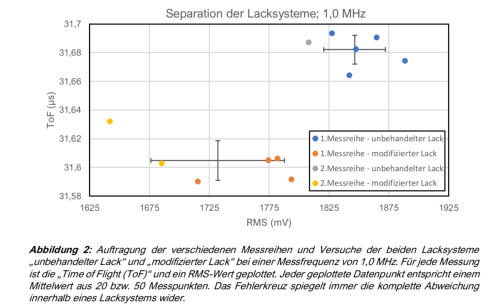

SVA
has
a
friction
tunnel
(see
the
picture
below).
In
the
test
section
of
this
facility
(the
black
part
in
the
picture)
two
flat
and
1.2
m
long
panels
are
installed
so
that
these
form
a
narrow
rectangular
channel.
The
panels
are
coated
with
the
coating
o
to
be
investigated
(with
or
without
DephySkin®).
The
tunnel
is
traversed
by
water
with
a
speed
of
1
to
17
m/s
in
19
steps.
By
the
simultaneous
measurement
of
the
flow
rate
and
the
pressure
loss
measured
at
12
positions
along
the
test
section,
the
wall
shear
stress
can
be
detected
and
finally
the
frictional
resistance
coefficient
of
the
surface
is
calculated.
The
test
procedure
for
one
pair
of
plate
includes
1
h
conditioning
of
the
test
facility
and
2.5
h
measuring
of
one
coating.
Each
measurement
consists
of
3
runs
that
are
averaged.
The
results
are
plotted
as
friction
resistance
coefficients
in
dependency
of
the
Reynolds
number,
which
is
an
equivalent
expression
for
the
flow
speed.
Measurements
with
reference
plates
(smooth
stainless
steel)
at
the
beginning
and
the
end
of the measurement campaign help to classify the results.











